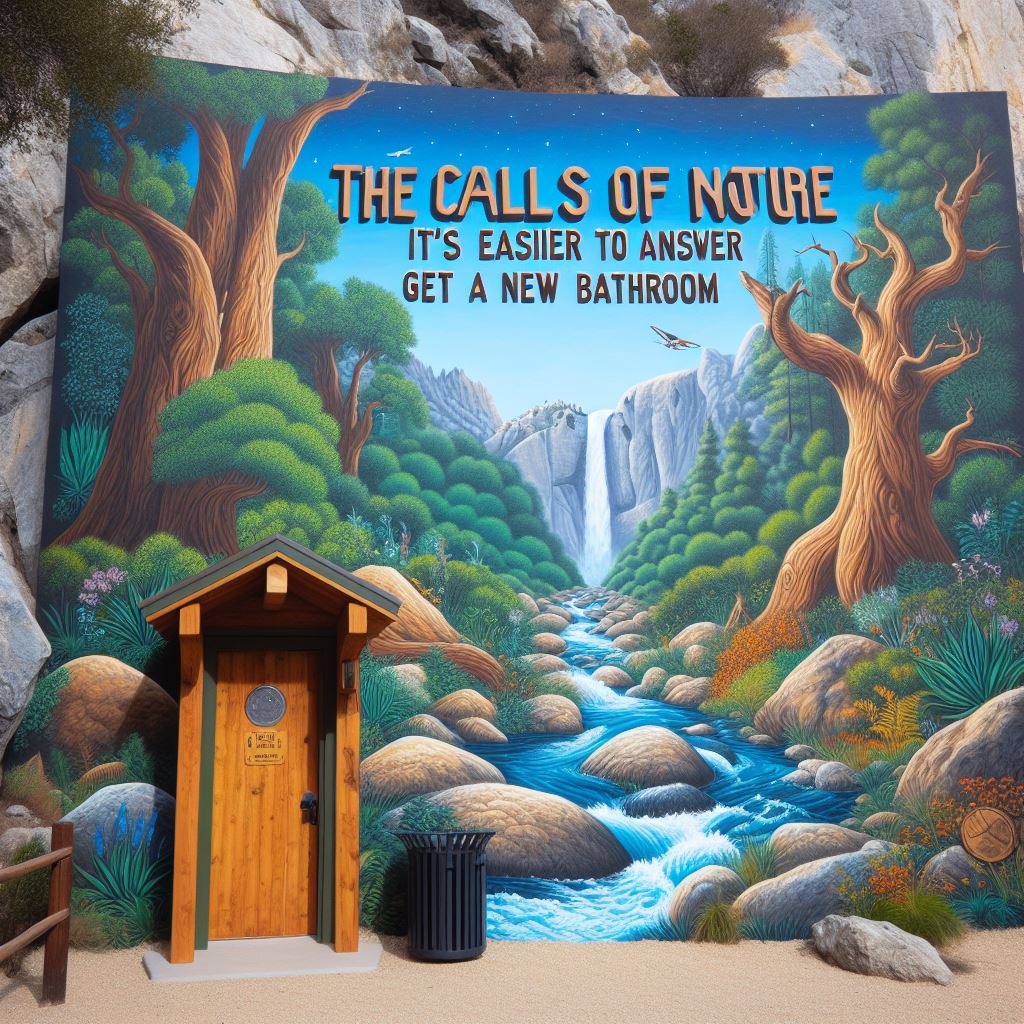Enhancing Visitor Comfort at Coronado National Forest’s Madera Canyon
Introduction
Visitors frequent Coronado National Forest’s Madera Canyon, seeking solace and a deep connection with nature. Comfort, often sought after during these experiences, has led to the introduction of new amenities aimed at elevating visitor experiences within the canyon.
The Addition of Essential Amenities
Recently, an important addition was made to the Amphitheater parking lot – a new restroom facility. This addition, long-awaited by the National Forest Service, Friends of Madera Canyon, and canyon guests, symbolizes a significant leap forward in enhancing visitor comfort and facilitating a wider range of activities within the Amphitheater.
Funding through Recreation Fees
The construction of this restroom was made possible through the collection of recreation fees within the Coronado National Forest. These fees, including the $8 day-use fee paid by visitors, constitute about 80 to 90% of the revenue utilized for maintaining and improving recreation facilities and services across the forest.
Assistant Forest Recreation Staff Officer, Lauren Atkinson, emphasized the collective nature of these fees, which are pooled together to benefit various areas within the forest. The restroom project, costing approximately $116,000, was funded by around 14,500 day-use fees, illustrating the direct impact of visitor contributions on improving canyon facilities.
Collaborative Efforts and Funding Sources
Dan White, President of Friends of Madera Canyon, highlighted the pivotal role of recreation fees in propelling the restroom project forward. Funding from entities like Vulcan Materials Company, initially intended for different purposes, seamlessly aligned with the Forest Service’s initiative, further enabling the completion of the restroom project and supporting other ventures like replacing fire grill tops in the canyon.
Project Selection and Environmental Considerations
The decision-making process behind undertaking such projects involves various departments within the Forest Service. Factors such as project priority, completion capacity, and data-driven needs determine site selections. Moreover, rigorous environmental reviews are conducted to minimize disruptions to the natural habitat and wildlife, especially during sensitive periods like breeding seasons.
Impact on Visitor Experience and Conservation
Anita Woodward, a Friends of Madera Canyon volunteer, highlighted the significance of the restroom in enhancing visitor convenience, particularly for hikers exploring the Nature Trail. The new facility is expected to create opportunities for hosting events at the Amphitheater, aligning with the broader goal of ensuring the canyon remains a cherished destination for future generations.
Implementation Challenges and Maintenance
The installation of the restroom involved maneuvering large vehicles through the narrow canyon roads, causing temporary traffic delays. However, meticulous planning and volunteer efforts mitigated these inconveniences. The Forest Service opted for a low-maintenance restroom model, emphasizing its capacity to hold 1,000 gallons of waste and requiring minimal cleaning efforts, thus ensuring sustained functionality.
Conclusion
Ultimately, this restroom project signifies a convergence of interests—enhancing visitor comfort, preserving the natural beauty of Madera Canyon, and fostering partnerships between the Forest Service and community organizations like Friends of Madera Canyon. This collaborative spirit and dedication ensure that Coronado National Forest remains an inviting and sustainable haven for all nature enthusiasts.








Leave a Reply